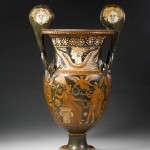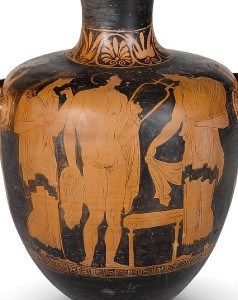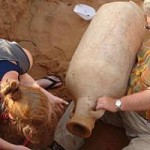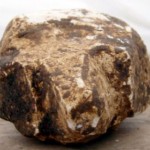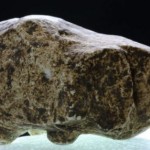 Marcus Nonius Macrinus was a highly regarded general and consul under Marcus Aurelius. He was (at least in part) the model for the Maximus character in Ridley Scott’s Gladiator.
Marcus Nonius Macrinus was a highly regarded general and consul under Marcus Aurelius. He was (at least in part) the model for the Maximus character in Ridley Scott’s Gladiator.
Archaeologists working on building site just north of Rome have found columns, parts of the roof, friezes, tumbled down walls, and most importantly, a Latin inscription which identifies the stone mausoleum as Macrinus’.
Although parts of the tomb have crumbled into the Tiber over the centuries, enough has been recovered during months of excavation that experts are discussing the possibility of rebuilding the tomb as the centrepiece of an archaeological theme park.
This would also include the house of Empress Livia, the wife of Emperor Augustus, at Prima Porta nearby. This villa occupied the high ground dominating the view down the Tiber valley to Rome and some of the walling that retained its terraces can still be seen.
Except for the terracing – the gardens are currently being excavated – all that can be seen today are three vaulted subterranean rooms, from the largest of which the fresco decor of an illusionistic garden view was removed to Rome, where it has recently been installed in the Palazzo Massimo, following cleaning and restoration.
Sounds good, as long as it doesn’t mutate from archaeological park to Gladiator theme park. :facepalm:
